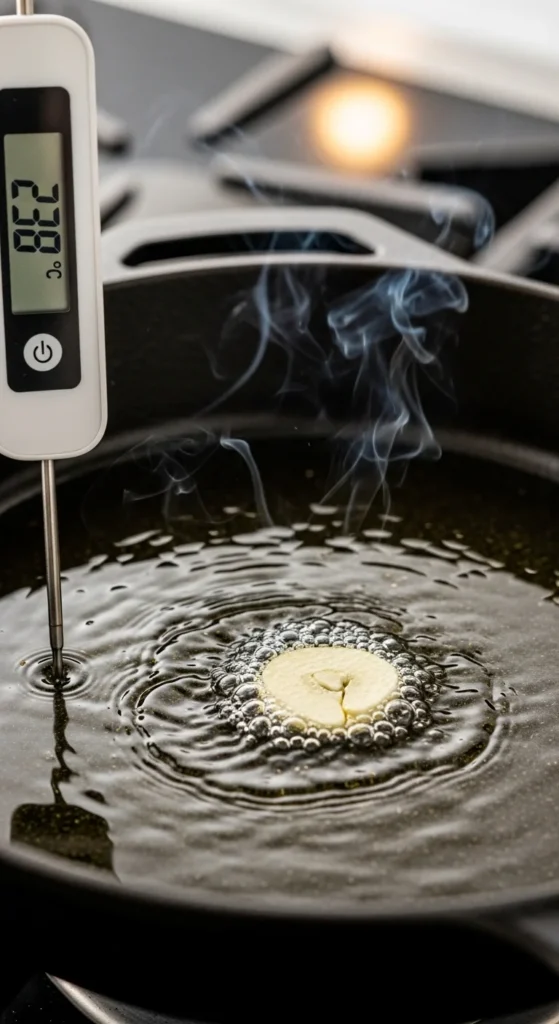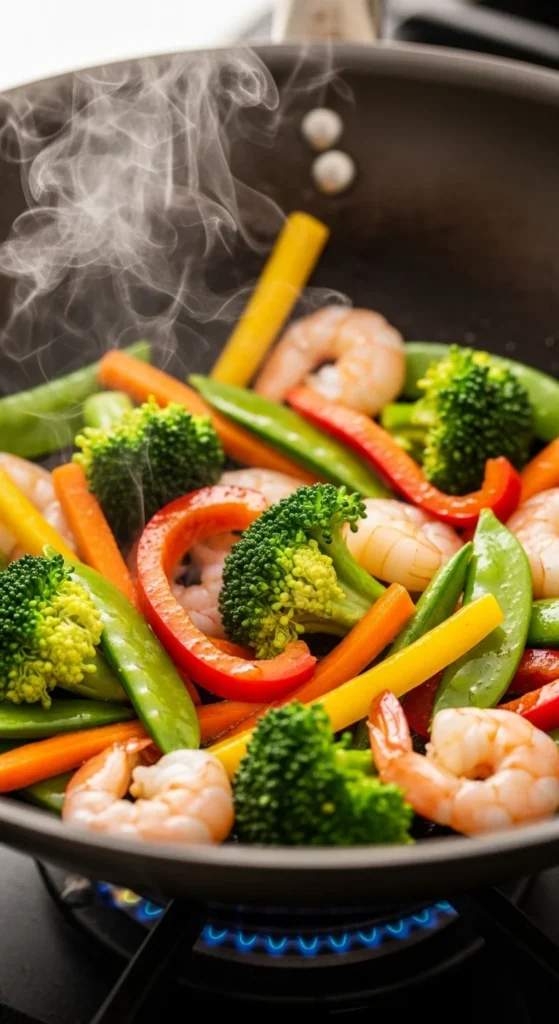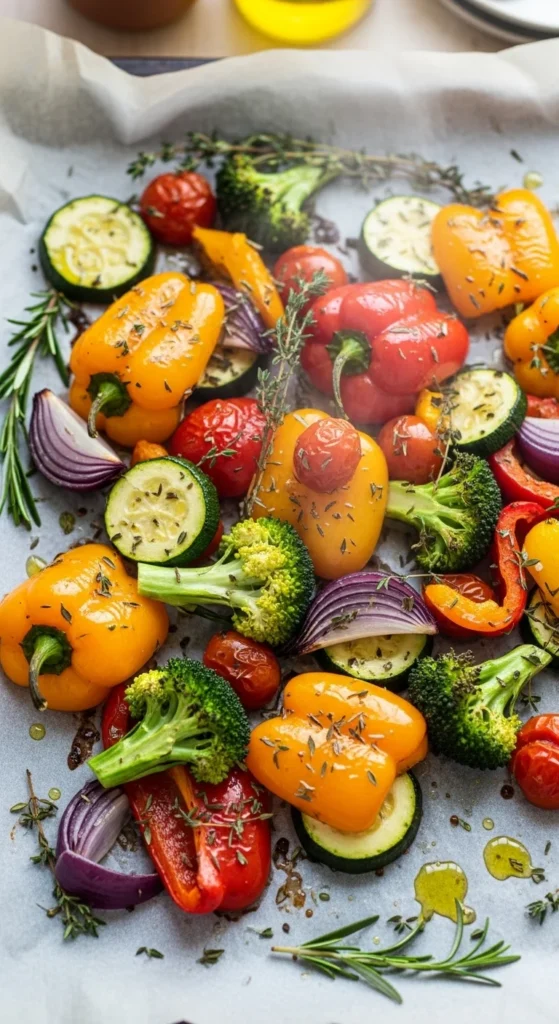
Cooking oils are more than just a medium for frying or sautéing—they’re the foundation of flavor, texture, and even nutrition in every dish. The right oil can elevate your food, while the wrong one can overwhelm or even burn your ingredients. Whether you’re frying crispy chicken, tossing a salad, or baking a batch of cookies, knowing which oil to use makes all the difference.
Let’s explore how to pick the perfect oil for every type of cooking so you can make each meal taste its best.
1. Understand Smoke Points and Why They Matter
Before diving into flavors, it’s important to understand smoke points—the temperature at which oil starts to break down and produce smoke.
When oil smokes, it not only adds bitterness but also loses its healthy properties.
Here’s a quick guide:
- Low smoke point (below 350°F / 175°C) – best for dressings, drizzling, or light sautéing.
- Medium smoke point (350–400°F / 175–205°C) – great for roasting or pan-frying.
- High smoke point (above 400°F / 205°C) – ideal for deep frying and searing.

Knowing your oil’s limits prevents burnt flavors and keeps your dishes clean-tasting and healthy.
2. Best Oils for High-Heat Cooking
When you’re frying, grilling, or stir-frying, you need oils that can handle the heat without burning.
Top picks:
- Avocado Oil: High smoke point (~520°F) and a buttery, neutral taste. Excellent for stir-fry or grilling.
- Canola Oil: Affordable, mild, and perfect for deep frying or sautéing.
- Peanut Oil: Popular in Asian cuisine; adds a hint of nuttiness.
- Sunflower Oil: Light and neutral—great for crisping up foods without affecting flavor.

These oils are your go-to choices when you want golden, crispy perfection.
3. Oils That Shine in Medium-Heat Cooking
For everyday cooking like roasting vegetables or pan-searing meats, look for oils that balance stability with flavor.
- Olive Oil (Regular or Light): A Mediterranean staple with a mild, slightly fruity flavor.
- Sesame Oil (Refined): Subtle nutty aroma and perfect for toasting or drizzling over noodles.
- Grapeseed Oil: Neutral taste, ideal for roasting and making vinaigrettes.
Tip: Avoid using extra virgin olive oil for high-heat cooking—it has a low smoke point and is best saved for finishing touches.

These oils help bring depth and aroma to your dishes without overpowering them.
4. Low-Heat and Finishing Oils
These oils are delicate and flavorful—perfect for salad dressings, marinades, or drizzling over finished dishes.
- Extra Virgin Olive Oil: Rich in antioxidants and ideal for drizzling over pasta or salads.
- Flaxseed Oil: Earthy flavor, great for smoothies or cold dressings.
- Walnut Oil: Adds a subtle nuttiness to desserts and vinaigrettes.
- Coconut Oil (Unrefined): Sweet and tropical, great for baking or low-heat sautéing.

These oils add character and finish to your food—treat them like the final brushstroke on a painting.
5. Choose Based on Flavor and Cuisine
Every cuisine has its own oil personality. Matching oils to the style of cooking brings out the best in your dishes:
- Italian & Mediterranean: Olive oil for authenticity and aroma.
- Asian: Sesame or peanut oil for bold, nutty undertones.
- American & Frying Dishes: Canola or vegetable oil for neutrality.
- Indian: Ghee or mustard oil for depth and spice compatibility.

When you pair the right oil with the right dish, you elevate both taste and texture effortlessly.
6. Health Benefits to Keep in Mind
Beyond flavor, each oil offers its own set of nutritional perks:
- Olive & Avocado Oil: Rich in heart-healthy monounsaturated fats.
- Coconut Oil: Contains medium-chain triglycerides (MCTs) for quick energy.
- Flaxseed & Walnut Oil: Great sources of omega-3 fatty acids.
- Canola & Grapeseed Oil: Low in saturated fat and good for cholesterol balance.
Just remember: moderation is key. Even healthy oils are calorie-dense, so measure wisely.
Final Takeaway
Choosing the right cooking oil isn’t just about heat—it’s about harmony. The oil you pick should complement your dish, highlight your ingredients, and enhance your cooking style.
Here’s your quick cheat sheet:
- High-heat: Avocado, canola, peanut.
- Medium-heat: Olive (light), grapeseed, sesame.
- Low-heat/finishing: Extra virgin olive, walnut, flaxseed.
Experiment, taste, and trust your instincts—the right oil will make your dish sing.
Save this guide for your next cooking session and master the art of oil pairing like a pro!
Leave a Reply